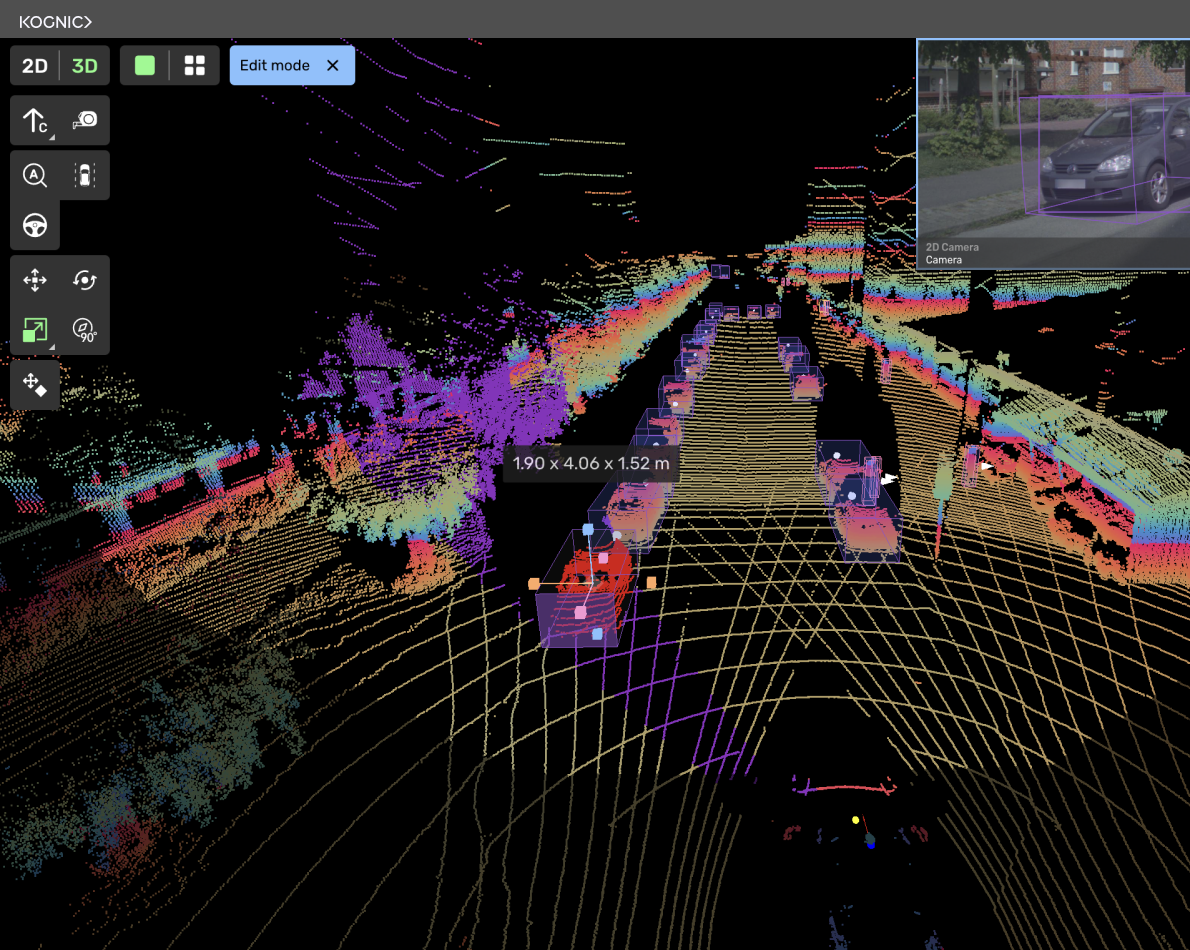Trends in Perception within The Automotive Industry
In a recent webinar, Olof Wahlström presented insights into the evolving landscape of perception within the automotive industry. As autonomous systems become more sophisticated, the bottleneck is no longer just collecting data—it's turning that data into reliable, safety-critical ground truth through scalable human feedback. At Kognic, we accelerate this progress by focusing on sensor fusion annotation, helping autonomy teams get the most annotated data for their budget.
Multiplication of Sensors
One major trend is the multiplication of sensors across autonomous platforms. As tasks become more complex, vehicles require a wider variety of sensors—LiDARs, cameras, radar—to ensure accurate perception. This sensor fusion creates richer datasets, but also demands annotation tools capable of handling multi-modal, 3D sequential data at scale.
Continuous Improvement of Sensors
Sensors are continuously improving. Cameras offer higher resolutions, LiDARs detect objects beyond 400 meters, and visual radar technology is emerging. Each sensor has unique strengths and weaknesses—cameras struggle in darkness, radar excels in adverse weather. Effective annotation must account for these complementary modalities to create robust training data for autonomous systems.
Diversification of Testing and Validation Scenarios
The types of scenarios used for testing and validation are diversifying rapidly. Operational Design Domains (ODDs) are expanding from highway-focused L3 systems to urban L4 autonomy. This expansion requires more diverse, scenario-specific ground truth data. Human feedback remains essential for validating edge cases and ensuring systems behave safely across expanded ODDs.
Evolution from Static to Sequence-Based Approach
Perception is evolving from static, frame-by-frame analysis to sequence-based understanding. The temporal dimension—how scenes unfold over time—is now being incorporated directly into machine learning models. This shift requires annotation workflows that can efficiently label temporal relationships and dynamic behaviors across multi-frame sequences.
Leveraging Larger Datasets for Higher Performance
As datasets grow, the challenge shifts from volume to value. It's not about labeling more data—it's about labeling the right data with maximum productivity. Kognic addresses this by combining intelligent automation (co-pilots that use model predictions as starting points) with scalable human-in-the-loop workflows, enabling teams to train better models faster while controlling costs.
Ethical Considerations
Collecting and processing large amounts of data requires significant human labor. Kognic is committed to ethical annotation practices—ensuring fair wages, good working conditions, and transparent partnerships with our annotation workforce. As the price leader in autonomy data annotation, we believe cost efficiency should never come at the expense of human dignity.
We have incorporated these trends into our platform and processes. Machines learn faster with human feedback, and Kognic provides the most productive annotation platform for autonomy data—helping customers deliver the annotated sensor-fusion data they need to build safe, reliable autonomous systems.
Share this
Written by

.png?width=2000&name=kognic%20logo-black%20(1).png)
